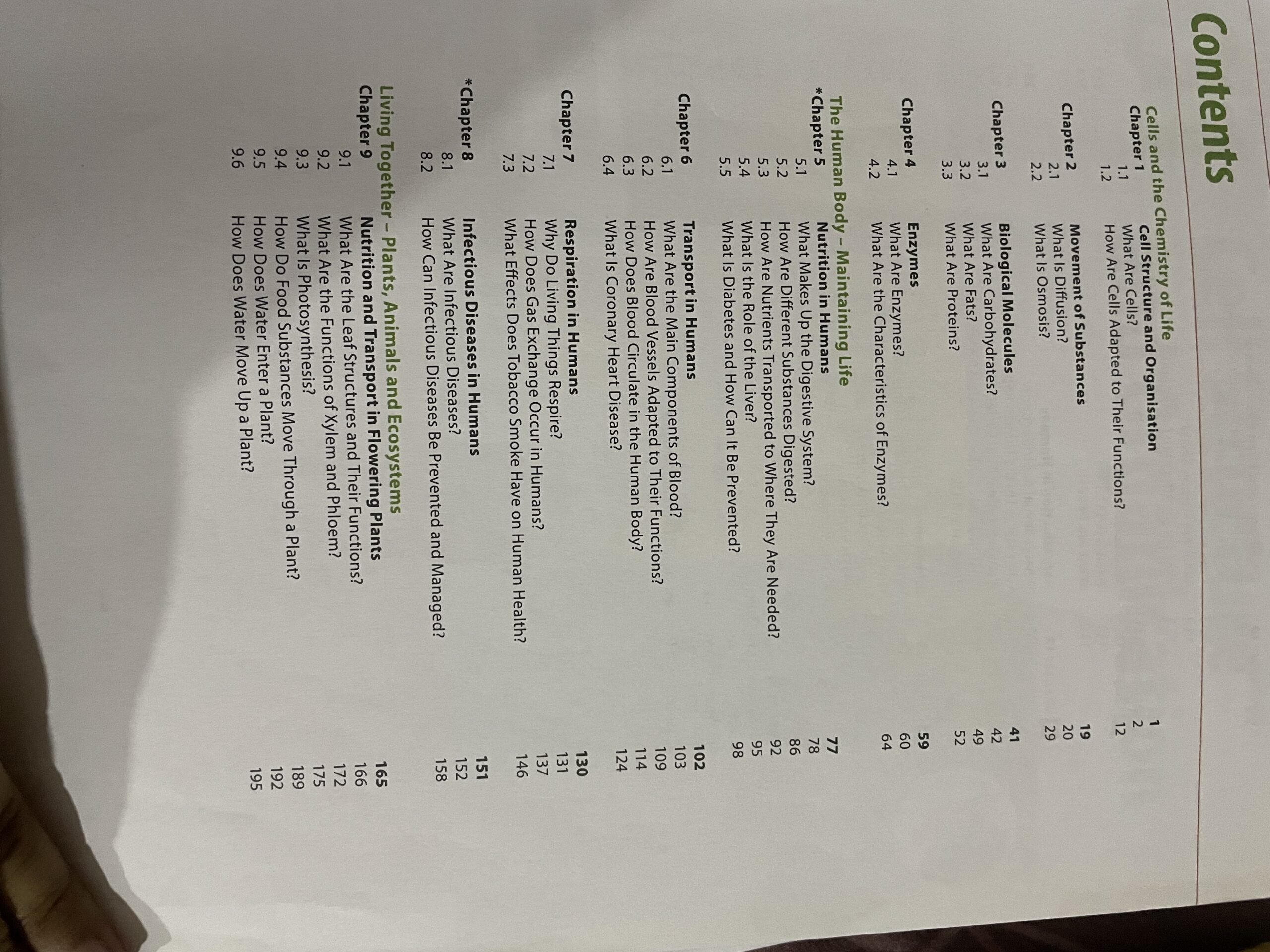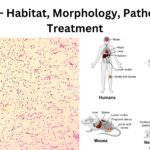Summarize all this topics
Summarize all this topics

Please login to submit an answer.
cells are life’s building blocks, so what are cells and their structures? they’re microscopic units with organelles like nucleus, mitochondria, ribosomes, each doing specific jobs. how are cells adapted to their functions? well, shape and content varies, like red blood cells have no nucleus and large surface area to carry oxygen. when we move to movement of substances, we ask what is diffusion? it’s passive spreading of particles from high to low concentration. what is osmosis? water moves through semi-permeable membrane, always from dilute to concentrated side. what’s active transport? it needs energy (ATP), moves particles against gradient.
next’s the chemistry of life. what are carbohydrates? energy-providing sugars and starches. what are fats? they store energy, insulate, and build membranes. what are proteins? they do everything—from building tissues to carrying signals. what are enzymes? they’re biological catalysts. and what’re the characteristics of enzymes? they work fast, specific, affected by temp, pH, and can be reused.
then it goes inside the body. what’s the digestive system? it breaks food into usable pieces. how are nutrients digested? by enzymes—like amylase, protease, lipase. how are nutrients absorbed? mostly in small intestine, into blood or lymph. how are nutrients transported where needed? via blood circulation. what is disease and how can it be prevented? it’s when body can’t function right, may be due to microbes; prevention needs hygiene, vaccines, good nutrition.
next topic—transport in humans. what are main components of blood? plasma, red cells, white cells, platelets. what’s the function of red blood cells? carry oxygen using hemoglobin. how is blood circulated? pumped by heart through arteries, veins, capillaries. how are red blood cells adapted to function? no nucleus, biconcave shape, more room for hemoglobin.
now respiration in humans. what is respiration? it’s energy release from glucose, mostly in mitochondria. how do gas exchanges occur in humans? in lungs—oxygen in, CO₂ out, across alveoli. what effect does tobacco have on health? it damages lungs, narrows blood vessels, leads to cancer, heart issues.
disease’s covered in depth. what are infectious diseases? caused by microbes like bacteria, viruses. how can infectious diseases be prevented and managed? vaccines, antibiotics, good hygiene, public health systems.
now plants. what’s the leaf structure and function? leaves are flat, thin with stomata and chloroplasts for photosynthesis. what is photosynthesis? it’s plants making glucose using sunlight, CO₂, water. what’s function of xylem and phloem? xylem carries water, phloem carries food. how do substances move through plants? through root pressure, capillary action, transpiration pull. how does water enter a plant? via root hairs by osmosis. how does water move up a plant? xylem uses cohesion and adhesion. how does water move through a plant? pulled by transpiration stream. how does water leave a plant? through stomata, in the form of vapor.
- Share on Facebook
- Share on Twitter
- Share on LinkedIn
Helpful: 0%




